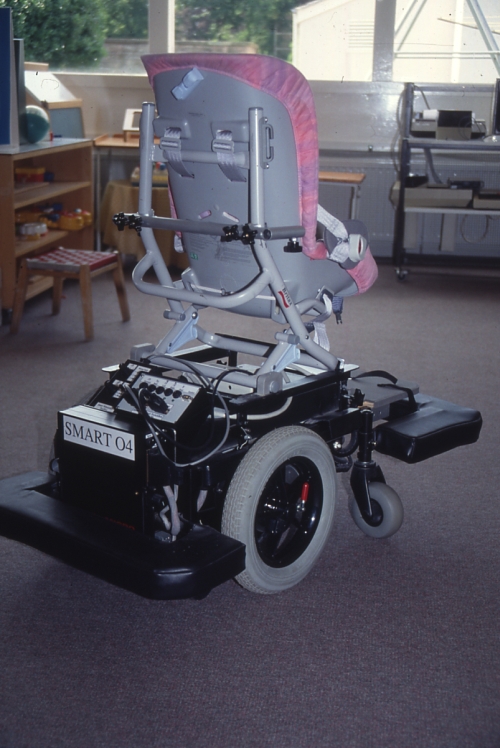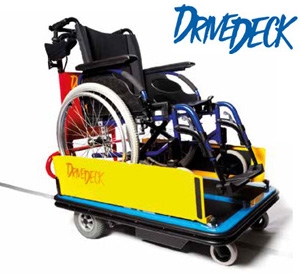A scenario
You are sitting in the nursery classroom in your special chair watching the other children playing in the sandpit. You can't move over to the sand pit and even if you could, you can't control your arms or hands to play with the sand or the toys. You can't speak to ask for help. How long will it take before you get frustrated and angry? How long will it take before you give up even trying? By being stuck in your seat in one place, how much are you not learning? Maybe the only thing you are learning is that you are helpless.
Occasionally you have a chance to play with some battery powered toys that you can turn on and off with a switch, using your head. You particularly like the bubble machine - it's fun blowing bubbles at your friends and you feel much more involved. You're less keen on the walking pig - it's a bit dull until it falls off the table on to the floor. Sometimes you also get to play on the computer. There's an iPad that you would love to play on, but most of games are just too difficult for you.
The Smart Wheelchair

We originally developed the Smart Wheelchair for children with severe and complex disabilities like the one described in this scene. We didn't set out to create a mobility aid, but rather a tool for exploration and play. In fact, I remember someone dismissing the Smart Wheelchair as 'just a toy' - which, given the importance of early play for child development, I think is actually a compliment.
Instead of bashing a switch to move a fluffy toy along a table, you can bash a switch and move yourself across the classroom - much more fun, and much more empowering. Instead of waiting for someone to wheel you over to the sandpit, you can drive over yourself. You might still struggle to play with the sand, but at least you can make your presence felt and get yourself noticed by the other children and so maybe they will help you. If you get bored, you can turn around and go off somewhere else: you don't have to wait to someone to ask you and struggle to make yourself understood - you just go.
Now you are mobile, how much more active and involved do you feel?
The first Smart Wheelchair was created in 1988 and over the years I have become more and more convinced that the original ideas behind the Smart Wheelchair, and powered mobility and learning, have been proven. There's something elemental and essential about being mobile and the Smart Wheelchair is a really easy tool for making it happen. I've worked with many children who 'can't work a switch' - 10 minutes later they're off driving round the track, having a great time, and 40 minutes later they're still at it. With the dreaded honking pig, they would be bored in a very short time. Want a motivating tool for assessment and trying our different switches? Want to practice control and switch skills? Want to play games with your kids? Want to give new opportunities for communication, learning, exploration, play? Get mobile!



Our social media sites - YouTube, Twitter and Facebook